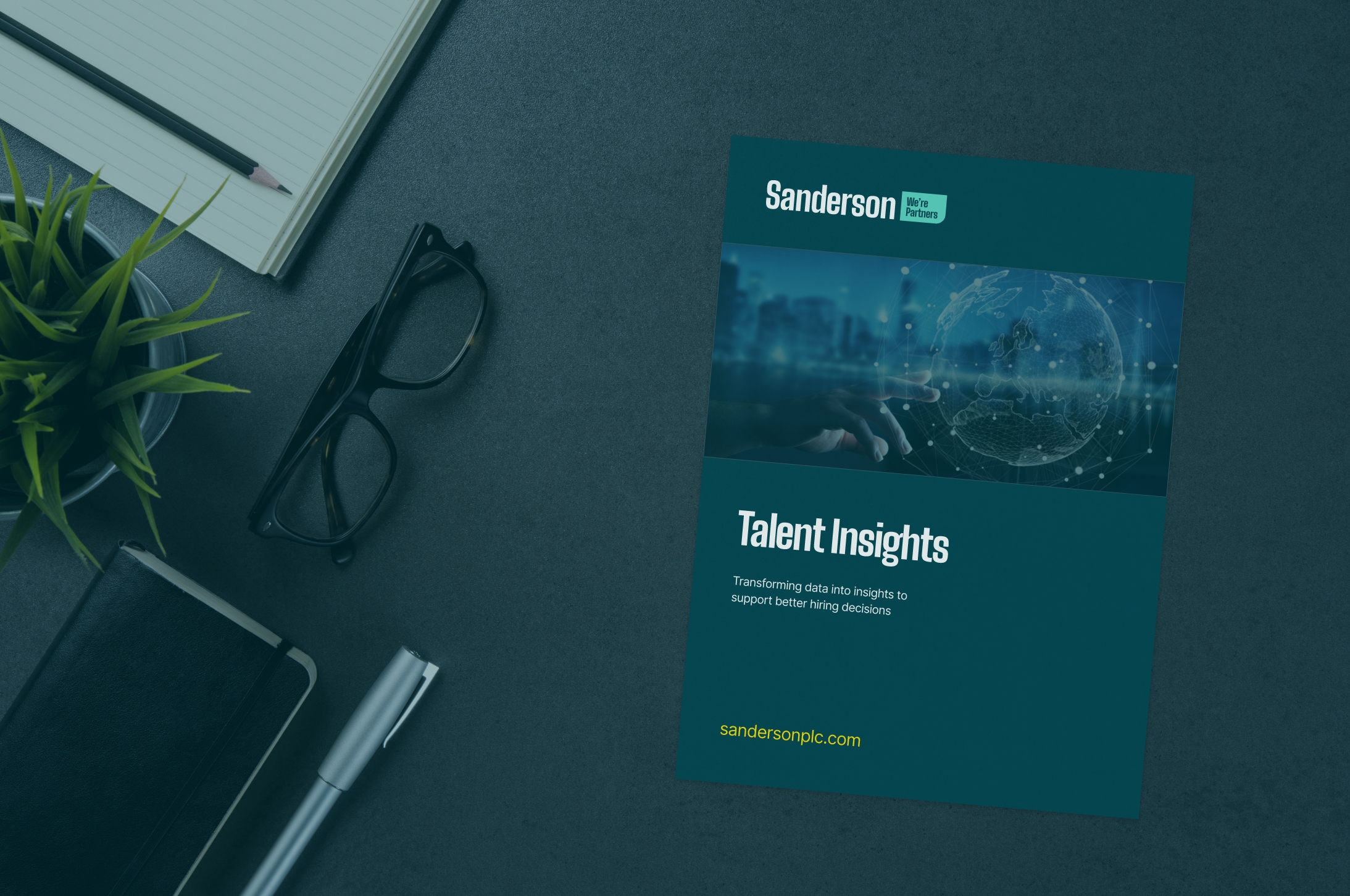When you look at how your organisation manages your permanent hiring, would you rather your process had more flexibility, especially if you want to react to a surge in demand or quickly expand capacity as you launch new projects?
Perhaps your goals are to reduce the administrative burden on your internal resources by getting assistance with your candidate selection and onboarding and access industry-leading sector expertise whilst using the latest recruitment tech?
Or maybe you’d simply like to boost your employer brand, improve the quality of your hires and set up better processes for your workforce succession planning?
An Enterprise RPO could be the talent solution you’re looking for.
In this blog we’ll explain how an Enterprise RPO can optimise how you approach permanent hiring, lay out exactly what it is, what the benefits are and how you can get started with a solution of your own.
What is an Enterprise RPO?
This is a full-service recruitment solution that takes complete responsibility for all your permanent hiring. In a nutshell, anything you can think of when it comes to talent management, an Enterprise RPO can take care of it for you.
What are the benefits of an Enterprise RPO?
This is a solution that comes with a range of benefits that you and your organisation can benefit from. Other than getting an extension of your business that gives you total peace of mind that your recruitment is being taken care of (and giving time back to your Hiring Mangers to focus on BAU), an Enterprise RPO will also give you:
Access to the best external talent
With an Enterprise RPO partner, you’ll be given access to expertise in employer branding, talent analytics, candidate attraction and candidate sourcing capability. This means you’ll be better positioned to access the best network of local and national talent to help you set up the team of your dreams.
Internal Mobility
Enterprise RPO will advise your business on best practices to enhance your internal mobility. Design & development of internal careers sites, pathway programmes and even managing your internal recruitment processes all of which reduce attrition rates, retain knowledge and experience within your business, improve EVP and reduce external recruitment costs.
Flexibility and scalability
Looking for something that can seamlessly adapt to your strategic initiatives or that can respond to fluctuations in your hiring demand? An Enterprise RPO gives you complete flexibility allowing you to scale at pace or slow down your recruitment plans as you need to. If you’re a global or multi-office location, with an Enterprise RPO, you also have the flexibility to deploy this model to a specific region or even just one department.
Brand ambassador
This model will make sure you’re positioned as an employer of choice in your market. With an Enterprise RPO in place, you’ll be helped to not only define your candidate proposition, but then to amplify this across the market to ultimately build you a quality talent pipeline full of candidates who not only see you as the most desirable place to work, but that also align to your company values.
Better candidate experience
An Enterprise RPO will also work to help improve your candidate experience. Providing smoother processes, personalised touch points and regular check-ins with your perspective permanent employees to enhance their experience of communicating with you and ultimately improving offer acceptance rates.
Legal compliance
Keeping up with the latest compliance standards or legal requirements can be extremely time consuming for busy Hiring Managers. With an Enterprise RPO your talent partner takes total responsibility for things like pre-employment screening and is well versed in the necessary legislation to mitigate your risk and ensure you’re meeting relevant standards.
Access to technology
The HR technology landscape constantly changing, but with an Enterprise RPO you’ll be benefiting from access to innovative tools and new technology stacks, without having to commit to them in-house. You can even use this data to plan for the future and support your workforce planning.
Is an Enterprise RPO right for you?
When considering whether an Enterprise RPO is the right solution for you and your business, you just need to ask yourself, one question: Do you hire regularly?
If the answer is yes than an Enterprise RPO is absolutely for you.
No matter the size of your business, an Enterprise RPO can drastically improve the performance of your permanent hiring. If you look at a Sanderson Enterprise RPO solution for example, we’ve deployed these in global organisations with over 6000 employees and multiple offices, as well as to much smaller businesses with only around 1-200 employees.
Speaking to one of our clients, Head of Resourcing at a leading provider of business process services for the life and pensions industry after they embedded a Sanderson Enterprise RPO solution, they said:
“We commenced work with Sanderson to embed a new digital Total Talent Solution to manage our complex and varied resourcing and recruitment needs. The partnership approach, their knowledge of the market, insights and relationships have been critical in enabling us to concentrate on the business with the knowledge that we were in very safe hands.”
How to get started with an Enterprise RPO solution
As you begin the process of launching an Enterprise RPO solution, we’d recommend starting with 3 simple steps to ensure you set yourself up for success:
Set clear goals and objectives
Make sure you’ve properly laid out what you want to get out of your Enterprise RPO solution and how far into your business you want to embed it. Do you think you want to deploy across your entire organisation, or just a specific region or team? Is it improvements in candidate quality you’re after, or just reduced overheads and time to hire?
Gain stakeholder buy-in
Your Enterprise RPO partner will want to get stuck in and help you from the get-go, so make sure everyone in your team from your hiring managers to your directors are fully invested in the programme early on and know the benefits it will deliver so you can avoid any implementation resistance.
Do your research
This is a long-term recruitment solution, so selecting the right Enterprise RPO partner for you is vital. Have a think about whether they have experience in your industry, if they have the tech stacks you’re hoping to have access to and whether their culture and values align with your own.
Ready to get going?
At Sanderson, we look to partner with you long-term and relish taking on the responsibility for all your permanent hiring needs.
Whether you’re a business with complex talent acquisition requirements, have high volumes of recruitment or would simply rather avoid the fixed costs of managing recruitment internally, we can help create a tailored solution fit for your needs.

